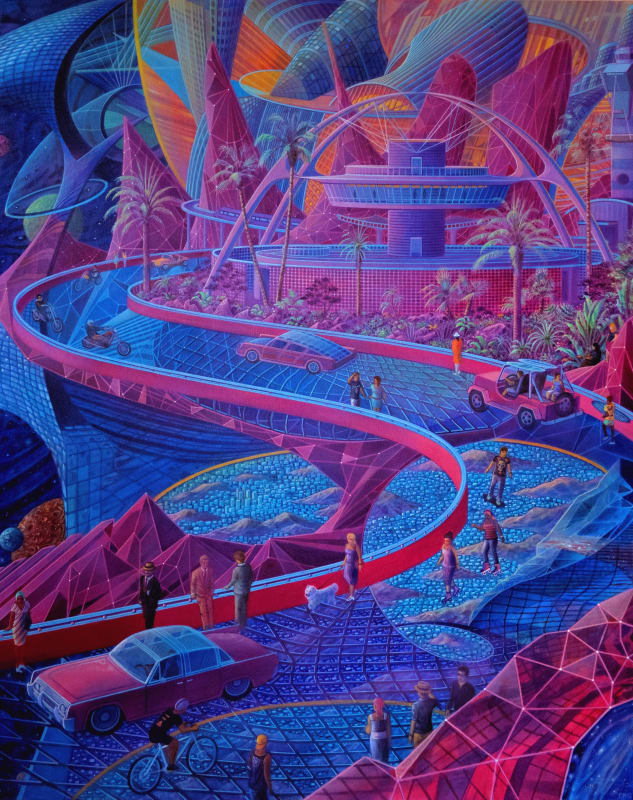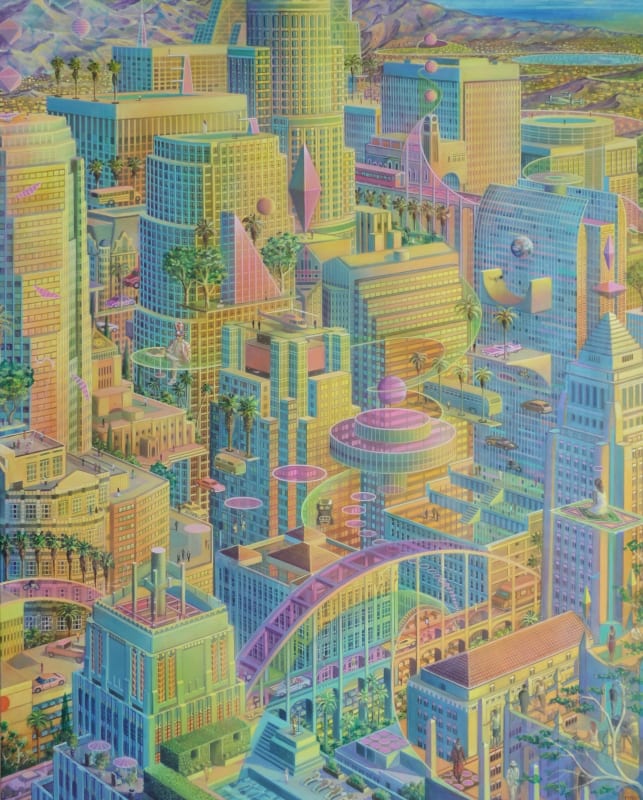Art and architecture have long been intertwined, each influencing the other in a dynamic relationship that shapes the visual landscape of our world. From ancient civilizations to modern metropolises, the fusion of artistry and structural design has left an indelible mark on our built environment.
The relationship between art and architecture is multifaceted and complex. At its core, both disciplines are concerned with the creation of space and the expression of ideas, emotions, and cultural values. Art often serves as a source of inspiration for architects, influencing everything from the form and function of buildings to the materials used in their construction.
In the realm of architecture, art plays a crucial role in defining the aesthetic character of a structure. Whether through intricate ornamentation, bold sculptural elements, or innovative use of materials, art has the power to elevate the built environment and imbue it with meaning and beauty.
Conversely, architecture provides a canvas for artistic expression, offering artists a platform to engage with the public on a monumental scale. From murals and mosaics to sculptures and installations, art has the ability to transform architectural spaces into immersive experiences that stimulate the senses and provoke thought.
One artist who exemplifies the fusion of art and architecture is Caio Locke, represented by Eclectic Gallery. With a background in architecture, Locke's work blurs the boundaries between the two disciplines, creating surreal cities where interior and exterior worlds collide. Through painting, design, and sculpture, Locke explores themes of philosophy, culture, and history, using architecture as a framework to convey his personal vision of the future.
Caio's artwork serves as a testament to the enduring relationship between art and architecture, showcasing how the two disciplines can intersect to create immersive and thought-provoking experiences. By bridging the gap between form and function, Locke demonstrates the power of artistic expression to shape our built environment and enrich our lives.
In conclusion, the relationship between art and architecture is a symbiotic one, with each discipline informing and enriching the other. From ancient temples to modern skyscrapers, the fusion of artistry and structural design has shaped the world we inhabit, leaving a lasting legacy of creativity and innovation. As we continue to explore the possibilities of artistic expression in the built environment, we are reminded of the profound impact that art and architecture have on our lives and our communities.




